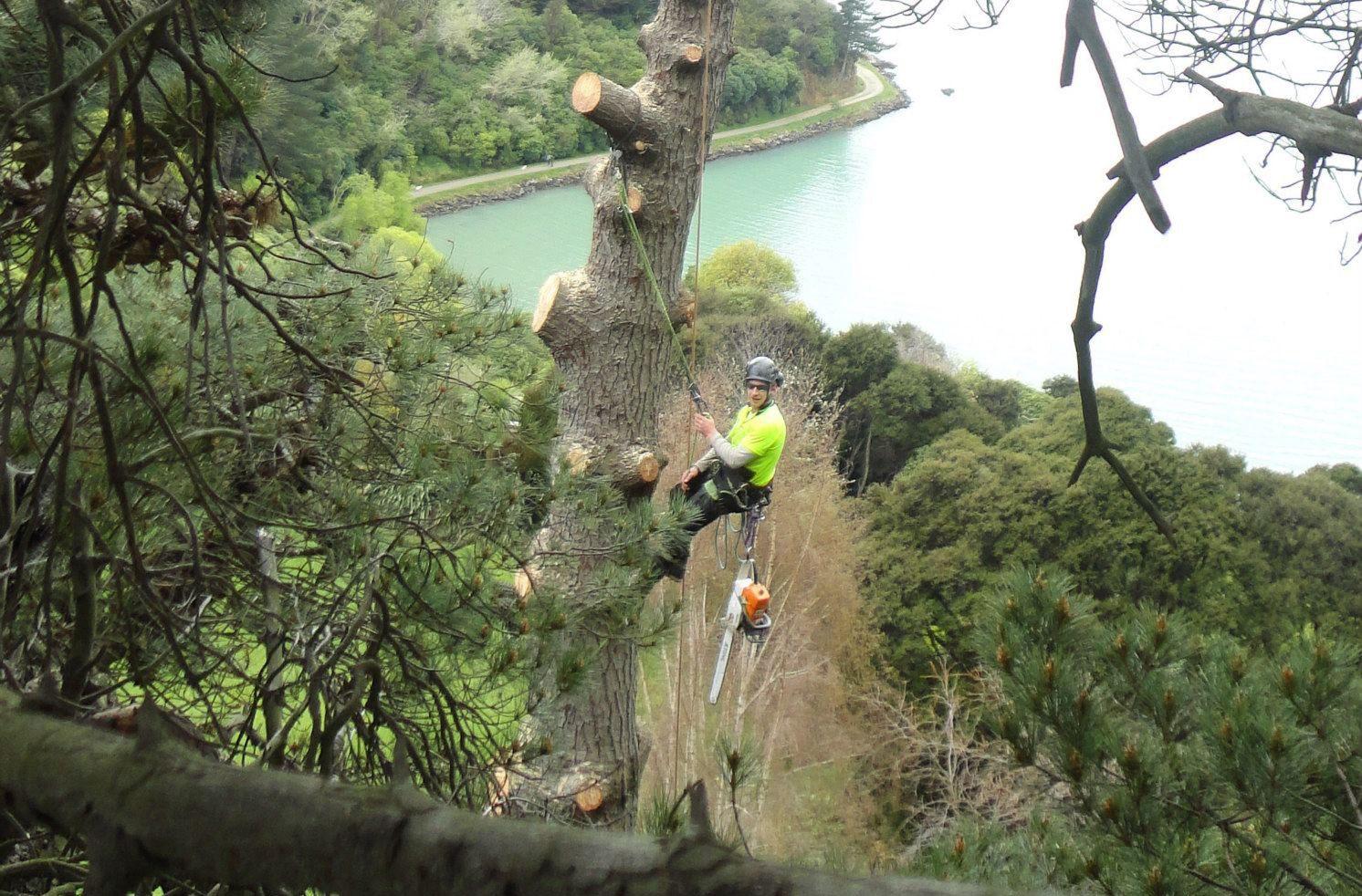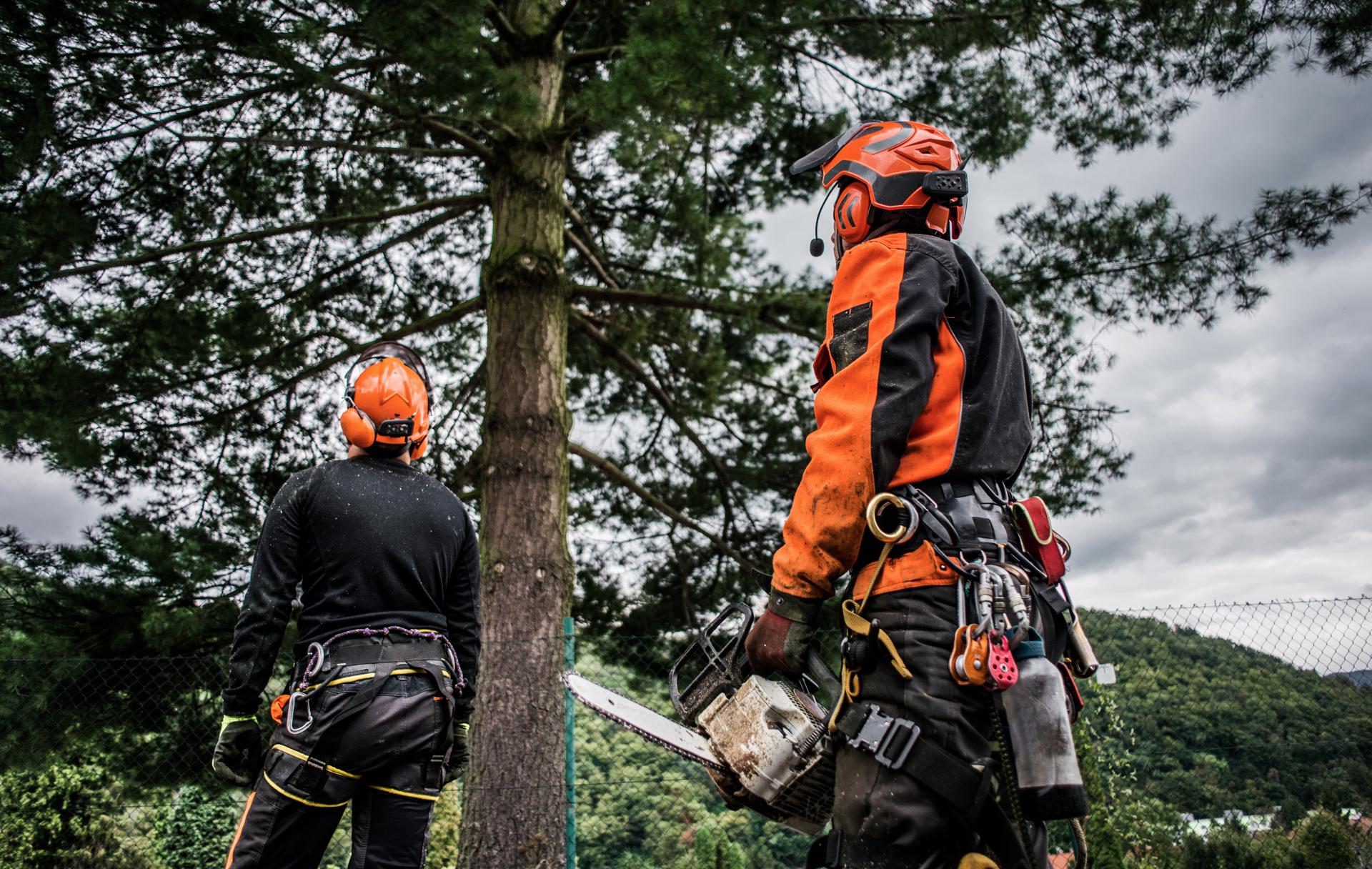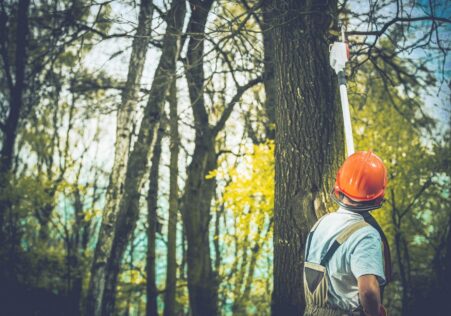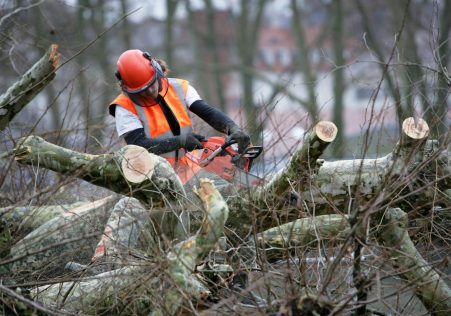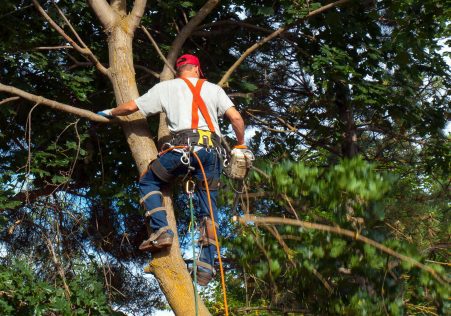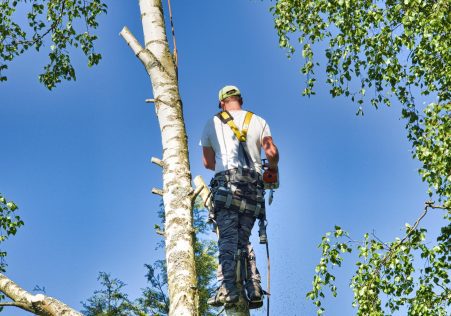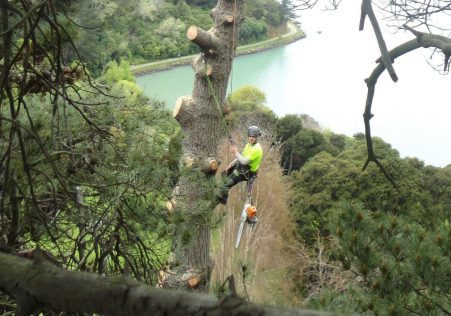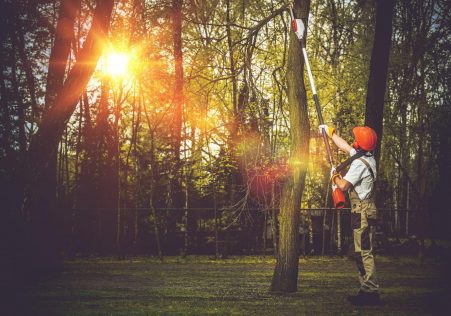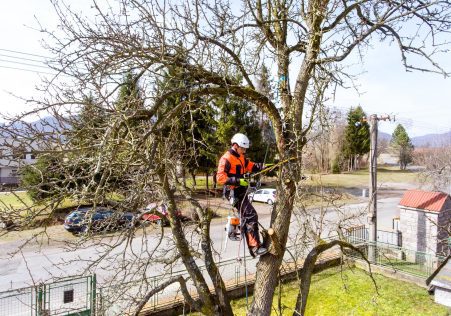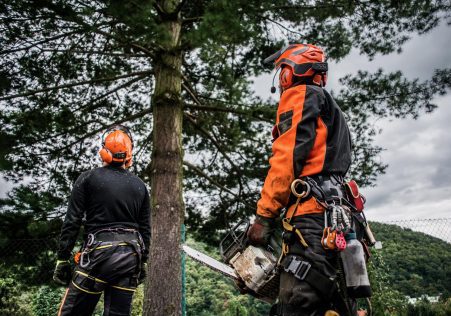The Top Indicators That a Tree Needs to be Removed
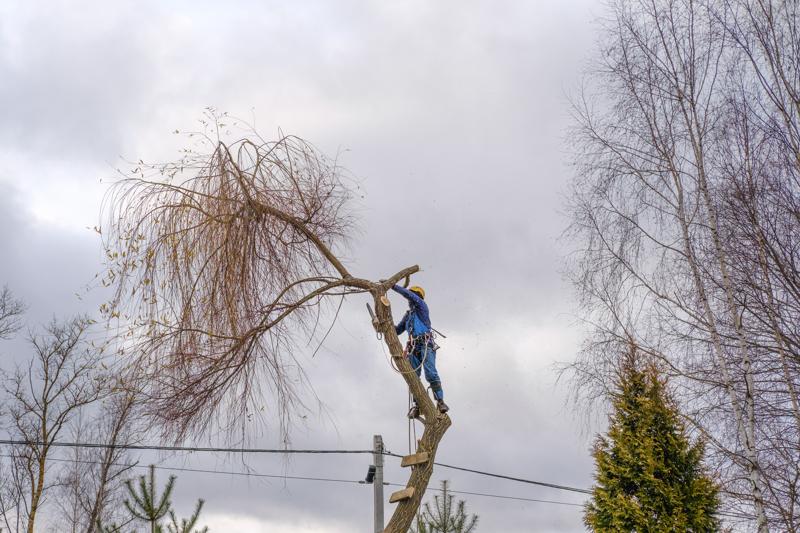
Tree removal is a difficult and potentially hazardous task. If a tree is dead, diseased, or in danger to fall, the tree might have to be removed in order in order to protect the property and to ensure safety. How do you know whether a tree should be cut down? We’ll guide you through the warning signs to be looking for and help you figure out whether it’s time to call experts.
Dead or dying trees
One of the most obvious signs that a tree should be removed is if it is dying or dead. Dead trees do not have leaves and can appear lifeless. If a tree doesn’t have leaves or evidence of growth, it’s probably dead. Additionally, the bark of a dead tree could be cracked, dry, or peeling.
Diseased Trees
Diseased trees may pose a threat to the other plants and trees in the area. The most common signs of disease for trees include yellowing leaves, wilted branches, and mushroom growth at the bottom and the top. If you suspect that your tree might be suffering from disease it is important to get it checked by an arborist who is a professional.
Leaning Trees
TreesLeaning trees to one side may be an indication that the root system is failing, and the tree may be at risk of falling. To find out if a tree that is leaning is at risk, look for cracks or breaks within the trunk and examine the soil surrounding the base of the tree. If you see any of these signs it is recommended to have the tree evaluated by an arborist.
Overhanging Branches
Overhanging branches of trees located close to power lines or buildings can be a danger to safety and property. If you have concerns about overhanging branches It is recommended to be evaluated by an arborist who can determine if pruning or removal is required.
FAQs
How do I know when a tree has died?
A tree is considered dead when it is without leaves and shows no evidence of growth. In addition, the bark of dead trees can be dry, cracked or peeling.
What are the symptoms of a tree that is diseased?
Common signs of illness in trees are the appearance of yellowing leaves, wilted branches, and mushroom growth at the base of the tree.
Is it safe to take down a tree yourself?
Tree removal is a complex and possibly dangerous job. It is best to leave the task to professionals to ensure the safety of you and your family members.
Conclusion
When it comes to tree removal, it’s crucial to be aware of the indicators that indicate that a tree needs to be cut down. By being aware of the indicators of dying or dead trees, sick trees, tree leaning, and hanging branches and overhanging branches, you can take the necessary steps to protect your property as well as those surrounding you. If you believe that a tree on your property must be removed do not hesitate to call Parramatta Tree Removal for a professional assessment. Our arborists are highly skilled and have the experience and equipment to meet your tree removal needs. Do not risk your security. If you believe that the tree that is on your property should be removed, please contact Parramatta Tree Removal today for a professional evaluation. Our experienced arborists will give you the security which comes from knowing that your property is in good in the hands of our experts. Contact us today at 1300 636 143 to schedule an appointment.

